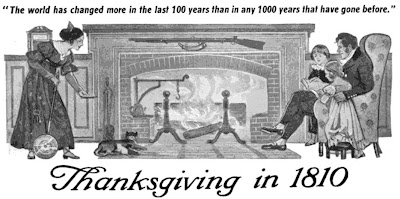Friday Links
Above is the cover of Three Who Came Back!, a comic book published by the Social Security Administration in 1965. (Yes, you read that right: a comic book about Social Security). You can read the whole issue here. Here’s what Slate had to say about it:
Some of these comics sold the program as a way that the government could help free young people from familial obligation. The crew-cut young men and well-dressed girls wanted to help parents in dire straits, but they shouldn’t have to. Social Security would make sure Tom wouldn’t have to skip engineering school to take over the family farm, and Janet wouldn’t have to postpone her wedding to earn money for her family. (Yes, Janet’s “dream” was marriage, even in a comic published in 1965; the 1950s died hard.) The SSA also published a book of “factoids” that associated Social Security with celebrities (the program was “the world’s largest autograph collection”) and tried to impress with the program’s technological reach (the names were held on 2005 reels of microfilm!).
(Hat tip: Slate).
Truly, this is a chilling newspaper obituary section. Not to be missed.
The November/December edition of the Greenville County Bar News is now available online. Check it out here!
Finally, as we previously mentioned, the ABA Journal named us to the Blawg 100, the list of their favorite legal blogs in the nation. Now, the ABA Journal is asking readers to vote for their favorites, as well. We’d greatly appreciate it if you could take a moment to vote for us!
To vote, please go here. A menu will pop-up in the middle of the screen saying: “Click here to register now!” Click on that box to continue.
A very brief registration menu will appear, and you’ll be asked for a username and email addresses. This should take just a moment.
Once you have registered, you’ll be returned to the main blog menu. Take a look at the blue menu and click on the “Torts” header, which will cause a new menu of five blogs to appear. Click “Vote Now!” next to the entry for Abnormal Use.
And then you’re done! We’d greatly appreciate your support!


















